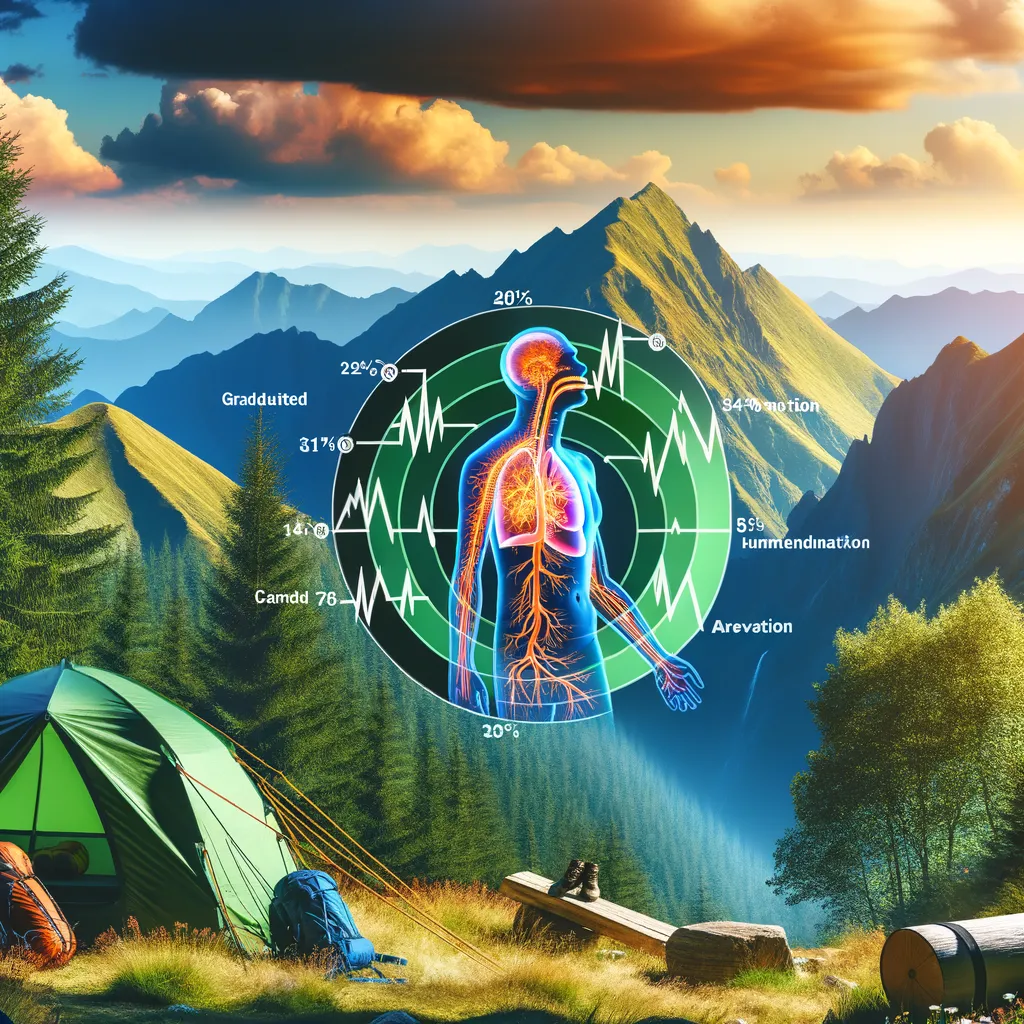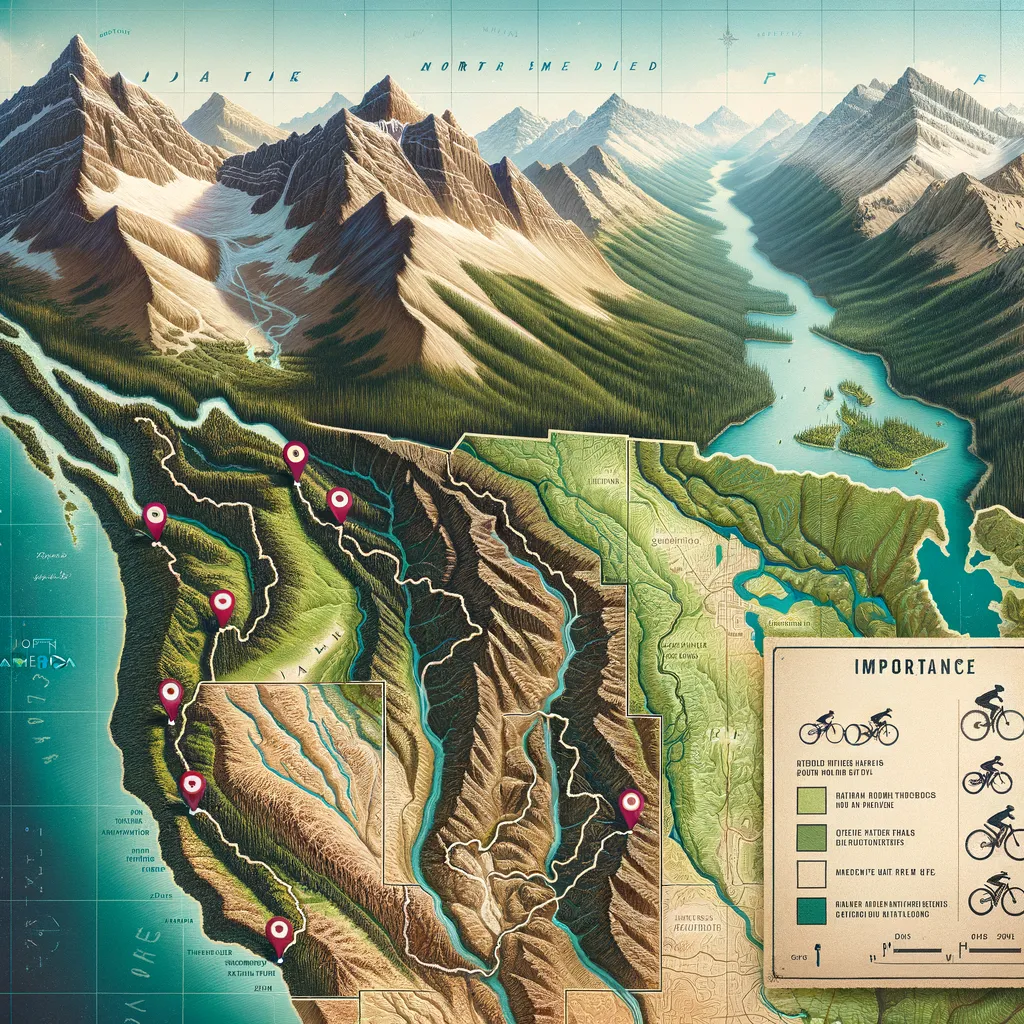The Dangers of Altitude Sickness and How to Prevent It: A Guide for Parents
Welcome to our comprehensive guide designed to keep your family safe and healthy while exploring the great outdoors! Altitude sickness can affect anyone, regardless of age or fitness level, making it a critical subject for parents planning a high-altitude adventure. In this article, we will dive deep into what altitude sickness is, its potential dangers, and practical steps you can take to prevent it. Whether you’re planning your next family trip or simply looking to learn more, you’ve come to the right place.
For those new to outdoor adventures, diving into the world of camping can be both exciting and overwhelming. To get started, check out Camping for essential tips and ideas. Additionally, for a broader overview of what camping entails, Learn more here.
Understanding Altitude Sickness
Altitude sickness, also known as acute mountain sickness (AMS), can occur when individuals ascend to high elevations too quickly. It’s a response to the lower amounts of oxygen available at higher altitudes. Symptoms can range from mild to severe and include headache, nausea, fatigue, dizziness, and difficulty sleeping. Most cases are mild and improve with acclimatization. However, without proper management, altitude sickness can lead to more severe conditions, such as High Altitude Pulmonary Edema (HAPE) or High Altitude Cerebral Edema (HACE), both of which can be life-threatening.
Identifying Your Risk
The risk of altitude sickness starts to increase at elevations above 2,500 meters (8,200 feet), though individual susceptibility varies widely. Factors that can influence your risk include the speed of ascent, altitude attained, duration of exposure, and individual susceptibility. Children can be more sensitive to altitude sickness, not necessarily because of physiological reasons but because they may have difficulty communicating their symptoms. It’s crucial for parents to monitor their children closely for any signs of discomfort, even if they seem minor.
Preventing Altitude Sickness
Prevention is the best medicine when it comes to altitude sickness. Here are some strategies parents can employ to keep their families safe:
- Gradual Ascent: Whenever possible, aim to ascend slowly. The general recommendation is not to climb more than 300-500 meters (1,000-1,500 feet) per day above 2,500 meters (8,200 feet). If you’re planning a trip that involves significant elevation gain, try to include rest days to allow for acclimatization.
- Stay Hydrated: Dehydration can exacerbate the symptoms of altitude sickness. Encourage your family to drink plenty of water, and avoid caffeine and alcohol, as they can lead to dehydration.
- Pay Attention to Diet: Eating a diet rich in carbohydrates can help the body acclimatize to higher altitudes more effectively. Encourage snacks and meals that are high in carbohydrates and easy to digest.
- Know the Symptoms: Recognizing the early signs of altitude sickness can help prevent the condition from worsening. Educate your family on what to look for and insist on descending if symptoms develop.
Altitude sickness doesn’t have to put a damper on your family’s mountain adventure. With the right preparation and precautions, you can explore the heights safely and enjoyably. Stay tuned as we delve deeper into each of these prevention strategies, explore case studies, and provide even more tips for ensuring a safe and memorable high-altitude experience for your family.

Ensuring Your Family’s Safety: Navigating the Dangers of Altitude Sickness
Exploring the mountains with your family is an adventure like no other, but the risk of altitude sickness can cast a shadow over your high-altitude journey. This guide is tailored for parents who wish to ensure their family’s safety, providing a deep dive into altitude sickness prevention. Discover essential insights into what altitude sickness is, how to spot the signs, and crucially, practical steps to prevent it, ensuring a joyful and safe mountain experience for all.
If you’re embarking on your first outdoor adventure or seeking to refine your camping skills, visiting Camping offers essential tips and ideas that cater to every family. For a comprehensive understanding of camping essentials, Learn more here.
Fully Understanding Altitude Sickness
Altitude sickness, or acute mountain sickness (AMS), impacts individuals who ascend to high elevations too rapidly, due to diminished oxygen levels at higher altitudes. Symptoms vary from mild forms like headaches and fatigue to severe conditions such as High Altitude Pulmonary Edema (HAPE) or High Altitude Cerebral Edema (HACE), which require immediate attention. Recognizing these symptoms early can mean the difference between a minor issue and a medical emergency.
Gauging Your Family’s Risk
At elevations above 2,500 meters (8,200 feet), the risk of altitude sickness escalates, influenced by the rate of ascent, peak altitude, and duration at high elevation. Children are particularly at risk, not from physiological predispositions but due to their limited ability to communicate their discomfort effectively. Vigilant observation of your children’s well-being is crucial for early symptom detection.
Five Key Strategies to Prevent Altitude Sickness
Prevention is paramount in combating altitude sickness. Here are five actionable strategies parents should implement to protect their families:
- Plan a Gradual Ascent: Ascending slowly minimizes the risk of altitude sickness. Limit elevation gain to 300-500 meters (1,000-1,500 feet) per day once above 2,500 meters (8,200 feet). Integrating rest days into your itinerary facilitates better acclimatization and enhances overall trip enjoyment.
- Emphasize Hydration: Staying well-hydrated is crucial at high altitudes, as dehydration can intensify altitude sickness symptoms. Encourage frequent water consumption and avoid diuretics such as caffeine and alcohol.
- Focus on Proper Nutrition: A diet high in carbohydrates supports acclimatization by providing energy and aiding in recovery. Opt for easily digestible, carb-rich foods that will keep the family energized and prepared for elevation changes.
- Educate on Symptoms: Understanding and recognizing the early signs of altitude sickness empowers your family to act promptly, preventing complications. Education on symptom identification is a key preventative measure.
- Be Ready to Descend: If symptoms of altitude sickness appear, descending is often the best remedy. Embracing a flexible itinerary, where health takes precedence, ensures the safety and well-being of your family.
With these strategies, the perceived dangers of altitude sickness transform into manageable risks, allowing your family to cherish the high-altitude experience safely. By emphasizing gradual acclimatization, hydration, nutrition, symptom education, and a readiness to adapt plans based on wellbeing, you equip your family with the knowledge and practices to enjoy the mountains without fear.
Altitude sickness is a manageable risk with the right preparation and mindset. By understanding the condition, recognizing the signs, and taking proactive measures to prevent it, you can ensure a safe, enjoyable high-altitude adventure for your family. Let the mountains bring you closer together, with each summit reached not just a physical accomplishment but a testament to your family’s preparation, resilience, and care for one another.
Ensure your family’s mountain adventures are marked by joyous moments and breathtaking views, rather than the trials of altitude sickness. With the knowledge and strategies outlined in this guide, you are well-equipped to lead your family safely through the great heights, making memories that will last a lifetime.
Disclaimer
The articles available via our website provide general information only and we strongly urge readers to exercise caution and conduct their own thorough research and fact-checking. The information presented should not be taken as absolute truth, and, to the maximum extent permitted by law, we will not be held liable for any inaccuracies or errors in the content. It is essential for individuals to independently verify and validate the information before making any decisions or taking any actions based on the articles.




